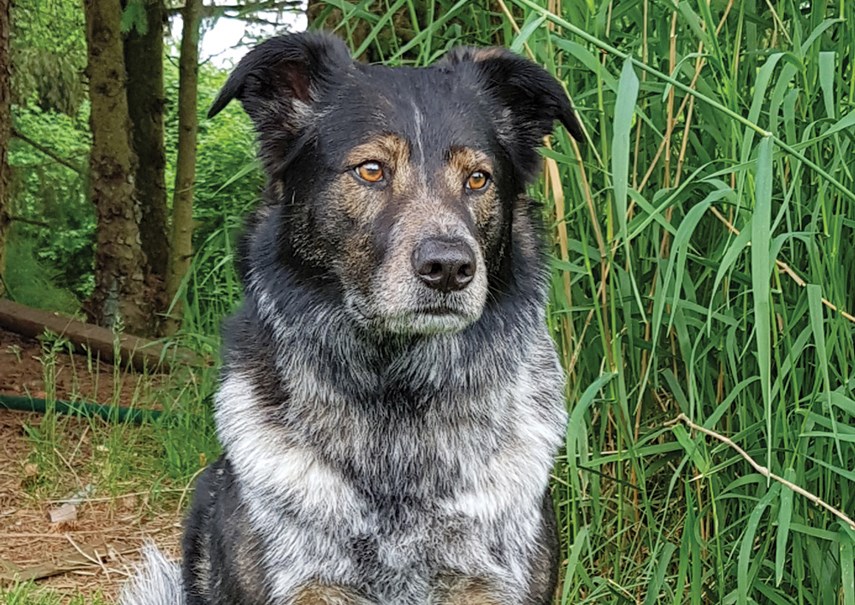Socializing your puppy is fundamental to ensuring a happy, confident and well-adjusted dog for life.
Dogs are not born with the ability to decipher the human world around them, so we have to patiently and positively teach them all there is to know about how we live.
But socialization is not the only component they need. They also need leadership.
Leadership is the ability to offer guidance and with dogs it happens through setting clear boundaries for a dog to live within. Clear boundaries help a dog make good and respectful choices.
A respectful dog is not a subjugated dog. A respectful dog that understands its boundaries of behaviour is a dog that actually has more choices rather than fewer. A respectful dog is welcomed in more settings than a disrespectful dog who has no boundaries. A disrespectful dog has a limited life while a respectful dog has a full, well-rounded life filled with adventures.
Respect and boundaries are taught, not through threats and intimidation but rather through basic obedience. Yes, obedience commands are the foundation of good behavioural choices.
Attending group classes is the typical way that new dog owners first get introduced to obedience commands and participating in one should not be overlooked. Even an experienced dog owner should take a class, because joining a class is also a way to continue with a dog’s socialization.
A good obedience class not only teaches the basic commands but also teaches a dog owner how to implement those lessons into their daily lives. Just attending an obedience class does not make a dog a good dog. The commands have to be applied and used in everyday dog life.
There are five basic commands that every dog should learn and every dog owner should apply to their daily canine routine.
The first is sit. Sit will be your saving grace command. This command comes in super handy in many circumstances such as sit instead of jump on a person. Sit for getting the leash instead of chewing on it. Sit before a door is open to go outside instead of rushing into the street. Sit before dinner instead of counter-surfing and begging.
The list is endless and all of it is intended to teach your dog to make a calm choice, which is to sit.
Down is an overlooked yet handy command. Once down is taught, I often modify it to “Go to your bed.” This is a great command to get a dog to rest on its bed away from human activities.
I use the down command often when I am chatting with people and want my dogs to wait for me to finish without fidgeting. For busy-minded dogs, I combine the sit and down command and do puppy-pushups. A set of 10 repetitions of sit and down, will tire any fidgety dog out.
Heeling in its traditional sense means the dog walks at your left hand side with its shoulders in line with your left leg. The dog’s pace matches its owner’s pace. When the owner stops walking the dog automatically sits at its owners side. I still teach this formal form of walking with a dog because it is a great tool for managing a dog when you want to walk past a distraction such as a jogger or another dog or want to cross a street; basically any time you need to have the dog in control while moving.
I also teach a modified heel, which is: “Walk nice.” It means the dog walks ahead of its person while on leash, but doesn’t pull.
It would be advantageous for the dog to learn both as they each serve a purpose. The heel offers more control and the “walk nice” command allows the dog more freedom.
Wait or freeze in place, which means don’t leave the spot I placed you in such as wait at the top of the stairs instead of rushing down and knocking people over!
The recall or coming when called is obviously super duper important. If your dog won’t come to you, then you don’t have a dog.
Are these done off-leash, you ask? No, they are learned on leash because in order for a dog to be reliable off-leash, they have to know their commands perfectly on leash.
Happy training!
Joan Klucha has been working with dogs for more than 20 years in obedience, tracking and behavioural rehabilitation. Contact her at .
Ěý



